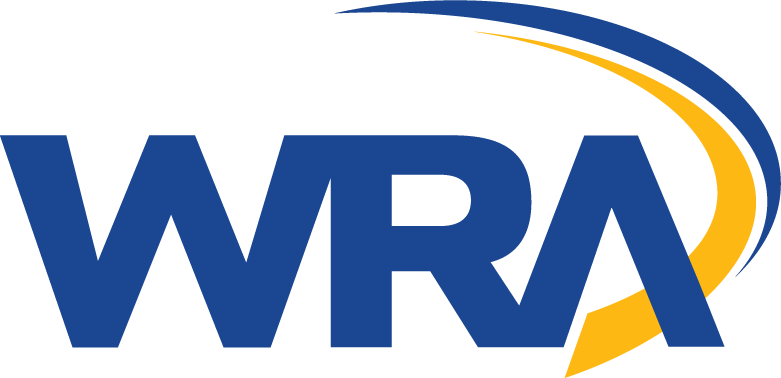Purple Line. Bethesda to New Carrollton, Maryland.
Utilizing MOVES 2010b and Mobile 6.2c emissions modeling software issued by the Environmental Protection Agency (EPA), as well as guidance administered by the EPA and the Federal Highway Administration (FHWA), WRA conducted quantitative air quality analyses to determine mesoscale and microscale pollutant emissions as well as mobile source air toxic emissions associated with the implementation of the Purple Line and the predicted changes in vehicle miles traveled in the project study area.
Through WRA’s analyses, a determination was made that the No Build Alternative was predicted to cause slightly higher mesoscale pollutant levels compared to the implementation of the Preferred Alternative, Purple Line. No violations of National Ambient Air Quality Standards were predicted to occur.
Services Performed
Project Highlights
Environmental
Based on the quantitative mesoscale emissions analysis, specifically for greenhouse gasses (GHG), less than ~1% increase was recorded for the Interim year (2020); however, GHG emissions for the 2040 recorded a slight decrease of GHG Emissions over the No Build Alternative. This shows that investment in transit has the ability to reduce GHG Emissions.
